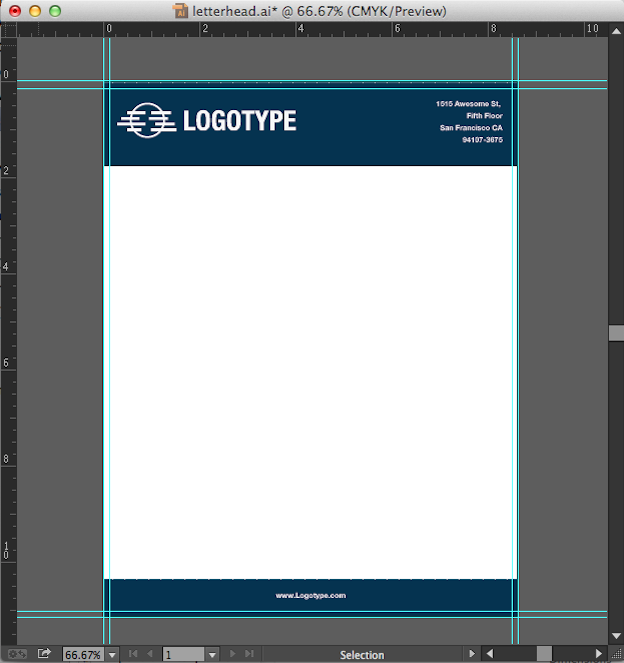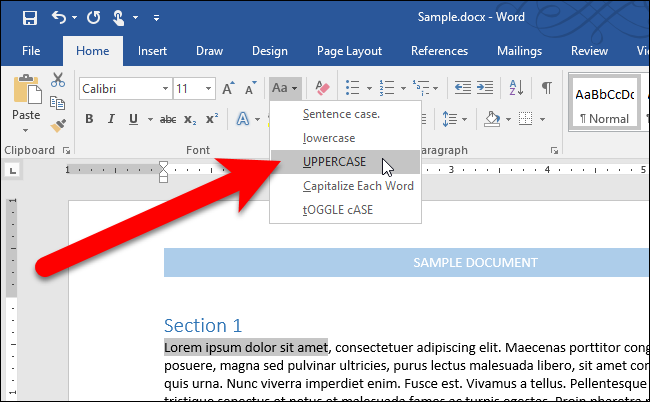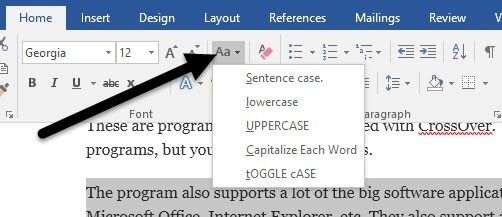

Through all types of printed and electronic media of these countries, English has become the leading language of international discourse and the lingua franca in many regions and professional contexts such as science, navigation and law.

Modern English has spread around the world since the 17th century as a consequence of the worldwide influence of the British Empire and the United States. Early Modern English began in the late 15th century with the introduction of the printing press to London, the printing of the King James Bible and the start of the Great Vowel Shift. Middle English began in the late 11th century with the Norman conquest of England across some three hundred years, the Norman dialect of Old French transferred considerable French and Latin vocabulary into English. The earliest forms of English, a group of West Germanic ( Ingvaeonic) dialects brought to Great Britain by Anglo-Saxon settlers in the 5th century and further mutated by Norse-speaking Viking settlers starting in the 8th and 9th centuries, are collectively called Old English. While English is genealogically West Germanic, its vocabulary is also greatly influenced by Old Norman French and Latin, as well as by Old Norse (a North Germanic language). The closest living relatives of English include Scots, followed by the Low Saxon and Frisian languages. It is named after the Angles, one of the ancient Germanic peoples that migrated from Anglia, a peninsula on the Baltic Sea (not to be confused with East Anglia), to the area of Great Britain later named after them: England. For an introductory guide on IPA symbols, see Help:IPA.Įnglish is a West Germanic language of the Indo-European language family, originally spoken by the inhabitants of early medieval England. Without proper rendering support, you may see question marks, boxes, or other symbols instead of Unicode characters.

This article contains IPA phonetic symbols. If you edited the name of the heading, you’ll see that change take place both on the Ribbon and in the Styles menu.Regions where English is official or widely spoken, but not as a primary native language Once you’ve made your choices, select “OK” to apply the modifications. If you want to learn more about how styles work, check out our guide to mastering styles and themes. If you’re unsure about any of these options, we recommend leaving them at their default settings. Since the template your document is based on is likely Word’s main normal.dot template, choosing this option usually means changes will apply to all your documents. You can also choose whether the style changes you’re making should apply only to the current document or should apply to new documents based on this template.
CHANGE CASE IN WORD TO STANDARD TITLE UPDATE
The next bit in the Modify Style window lets you choose whether to add the style to the Styles gallery and whether to automatically update the style if you make manual adjustments to a paragraph in your document that uses that style (we don’t generally recommend using that option because it always leaves people wondering how their style got changed).



 0 kommentar(er)
0 kommentar(er)
